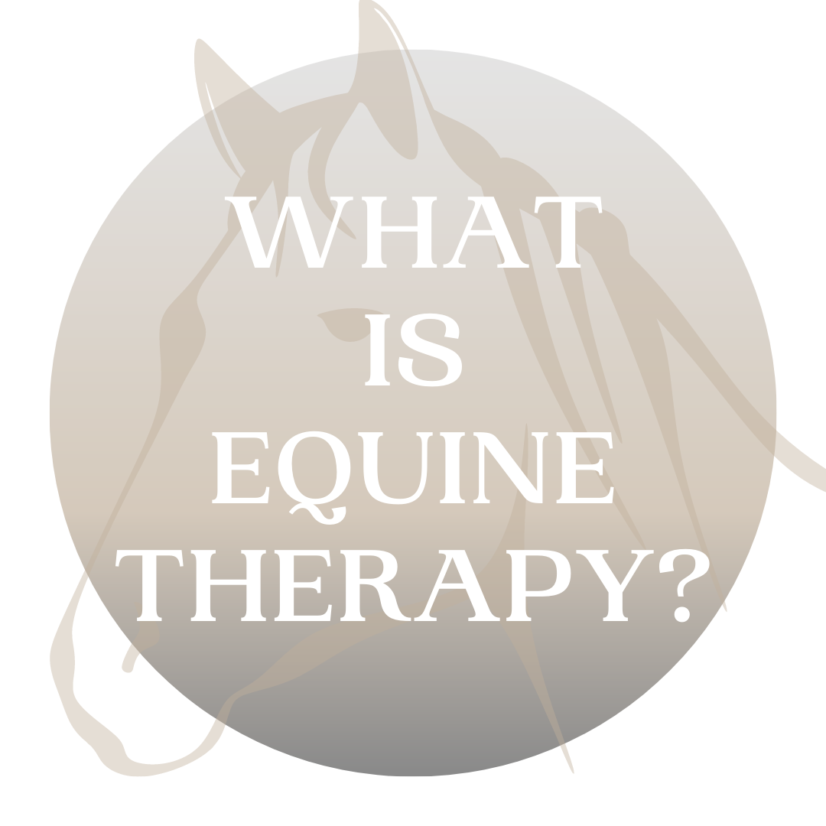In part one of this three part series, we discussed the logistics of equine therapy. In part two, we discussed the sensory experience and what this method is and is not. Finally, we will discuss the mind-body-gut connection with these exquisite animals from a neurological and trauma-informed perspective and witness just how important a role they can play in our lives.
The mind-body-gut connection is becoming more openly discussed as experts in the field continue to bridge the gap between equine science and evidence-based horsemanship with the human neurological system.
The following summary from all of this research is not designed to treat or diagnose, but merely to provide resources, stir up curiosity and motivation, and provide hope. The wealth of information available can be overwhelming and at times confusing, so explore slowly!
You can think of your mind-body-gut connection in three major interconnected sections:
- The Parasympathetic nervous system has two parts, the first of which is connected to the upper half of your body including the lungs, heart, and vocal chords, as well as such emotional cues as your facial expressions. You might experience this part of you being activated when giving a speech, or doing some other activity during which you feel socially threatened, causing your parasympathetic nervous system to react. Signs of this can vary, but for example it may include reddening of the face, increased heart rate, or quicker breathing.
- The second part of the parasympathetic nervous system stretches from your brain to your gut. When threatened, this lower part of the system has a tendency to act like a brake on a car or an emergency brake.
- The third part, the sympathetic nervous system, facilitates the stress responses as a means of survival. Each of these parts play a role in safety, healing, fun, and joyful things too, not just stressful situations.
A horse has similar parasympathetic and sympathetic systems with similar reactions. In learning how to connect with your own body, and their nervous system safely, we can attempt to experience a safe connection.
Experiencing safe connection over time can help rewire the brain, work with attachment wounds, and overall well-being.
Horses are prey animals and their neurobiological functions make them excellent readers of body language. They can detect a human’s heart rate from about 10 feet away.
In a similar fashion, you may be saying one thing, but your facial expression or body language is communicating a different message. Horses are seekers of safety, connection and leadership, much like us. Working with horses can provide you with a mirror to your internal experience, free of judgement.
I hope this inspires you to see the importance of your mind-body-gut connection.
If you do not have access to equine therapy, that is okay! You can start this journey by simply engaging in therapy with a licensed therapist, engaging in yoga, working with a somatic experience practitioner, or learning to be mindful. These types of practices teach you to observe yourself, learn about your mind-body connection and help you begin to tell your story. All of which are important steps to your healing journey!
Written by: Catherine Virden
Additional Resources:

